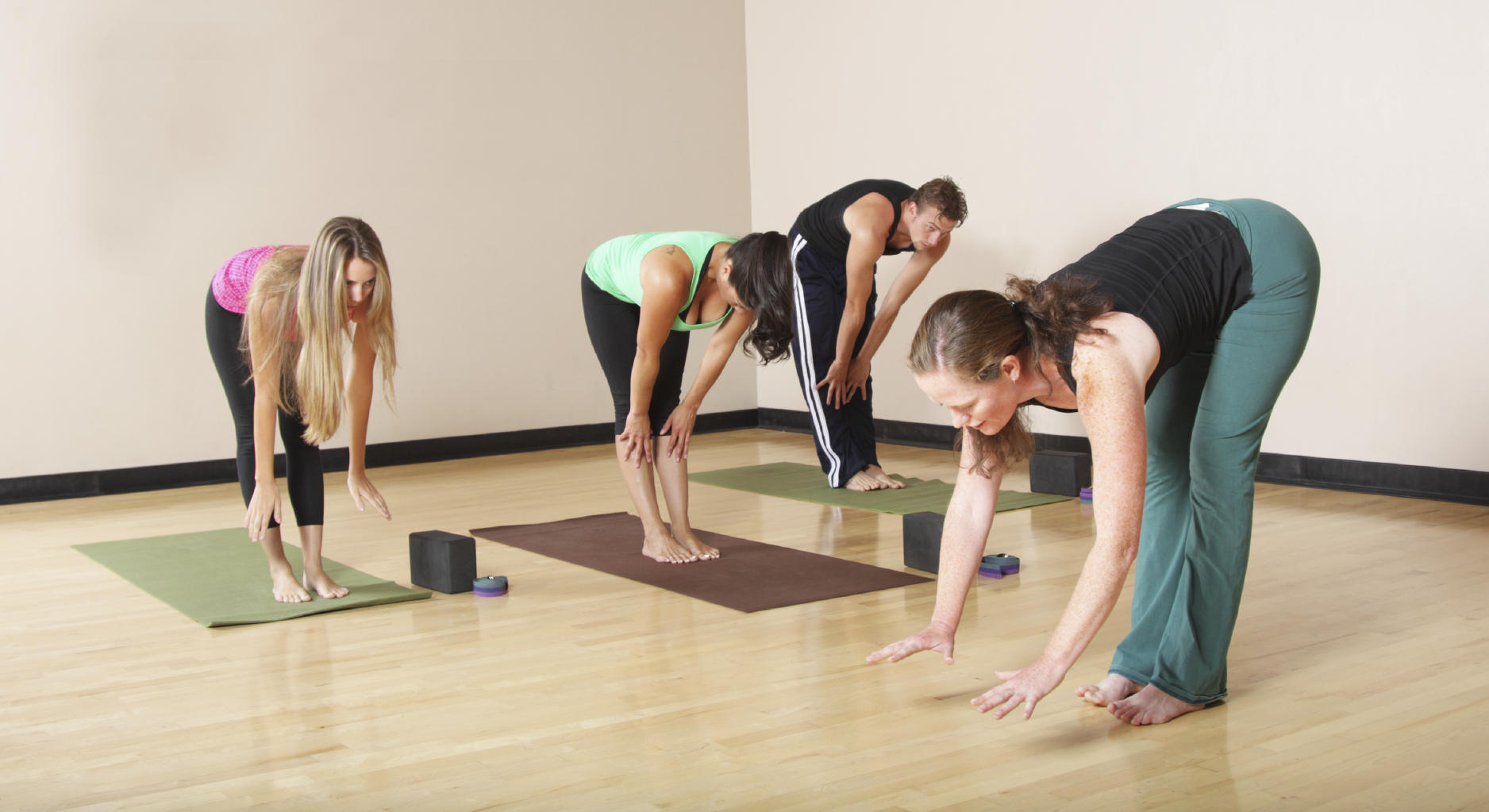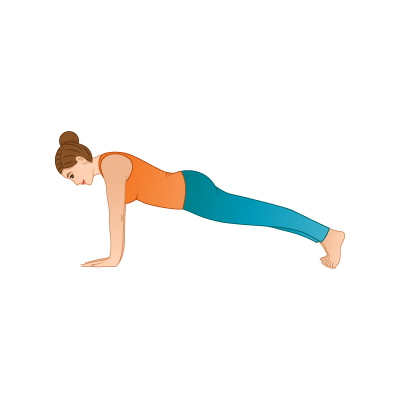Starter tips for planning your yoga class
November 30, 2015 | 6 min read
There are hundreds of different yoga poses and nearly as many ways to teach them. Most yoga teacher training programmes advise ordering a class around a peak pose or series of poses. This is good advice for a course program targeting beginners. Each class will lay down the foundations for the class which follows, starting with beginner classes and working towards intermediate/advanced.
The reality, however, for most yoga teachers is the weekly, all levels drop-in class. Students/clients for these classes will include individuals who have never before taken a yoga class, those who attend regularly, people who would like to improve their fitness and those who embrace the ethical lifestyle associated with yoga.
Get to know your students/clients
To begin teaching a new class or student, I always ask the following questions; Why are you here? What are your expectations? What type of yoga do you already practice? What more do you want to learn?
This doesn’t mean you should try to `do it all’. What it does mean is that you do need to know what your students want to learn before you can decide how you will teach it to them. That is what the phrase, `serving the needs of the students’ means.
If your students are like mine, they will say they are there to improve their flexibility and fitness, de-stress, reduce back pain, stay healthy. Of course, all of those answers are true, but what they really want to know is how yoga can help them.
The alchemy of yoga
To be a great yoga teacher, you need be something of a chemist. The mix of ingredients needs to include in equal measure, the repetition of key movements, the targeting of specific muscle groups and just enough yoga philosophy so the students/clients understand why they are performing a particular pose or movement. Below are some tips to get you off to a good START.
Set an objective
The objective is the skill you want your students to master by the end of the class. Example: By the end of the class, students will be able to transition from one pose to another. That is the skill you are teaching.
Tell and Show
Tell your students what you want them to do, and show them. Example: Today we are going to practice transitions. Follow on with a demonstration of a basic transitions employed in sun salute A. Sun Salutes are a good sequence for teaching transitions, because they are performed at the start of every yoga practice. So beginners are learning the fundamentals of yoga while others are being stretched and made fit by the heat-generating and aerobic nature of the sun salute.
Attention-getting introduction
Grab their attention in the first 30 seconds and your students will stay focused during the entire 60-75 minutes. The basic guidelines for group yoga classes call for a five minute dharma talk on one aspect of yoga practice. Taking sun salutes as example, why not use joined up thinking and explain their purpose; to build heat, generate energy, warm-up. Be creative and draw parallels between 21stcentury lifestyles and ancient yoga practice. Involve the class and ask them questions. Example: Does everyone know how solar power works? The sun’s light contains energy. When the sunlight hits an object (especially glass or fiberglass) it turns into heat, like the warmth we feel when sitting in the sun. When the sun hits silicon or copper crystals, the heat turns into energy, which can be stored in a generator and used as electricity for light and heating. Ancient yogis understood this concept. They also believed that the sun not only warmed our bodies, but that it also generated energy in the body. So they developed Surya Namaskara or sun salutes as a switch to turn on and regulate energy stored in the body.
Repetition
To improve their fitness levels and progress your students from basic poses to more advanced, you will need to repeat key movements and target specific muscles. Example: The key movements for transitions used in a sun salute will include flexion, extension, elevation and depression of the shoulder. The muscles to be targeted are those all around the shoulder blade, including the rotator cuff, latissimus dorsi, upper trapezius and pectorals.
Sequencing
Sequencing is the selection and ordering of the poses to be practiced. These be should selected according to key movements and muscles targeted. Begin with basic poses and progress towards higher levels of difficulty as your studenst master the basics. Along the way, offer modifications for those who need them. Example: Warm-up poses such as cat-cow are accessible for all levels and introduce the concept of making a transition from one shape to another in a flowing movement. Next, you might move from hands and knees to knees-chest-chin and on to cobra and back to child. Repeat that sequence over until they’ve got it, then move on to downward dog- plank- upward facing dog.
The last part of the sequence should include counter poses to those practiced in the first part of the sequence. You might think of this phase as unwinding and cool down, as opposed to the build-up and heat generating poses used in the first half. Example: child pose to seated spinal twist to reverse pigeon and plough/shoulder stand is a mini sequence that will realign the spine and discs after the back bending poses of the sun salutes.
Though the poses may change, you should repeat the same basic structure in each class. This will help students to know what they should expect from your class. All yoga classes should end with 10 minutes for Savasana.
Chanting is not only the established practice for opening and closing yoga classes, it is the best way to draw your students into the practice and away from life outside the studio. Begin with the simplest such as three Oms at the start and Om shanti, shanti, shanti to close. Once your students are comfortable with the chants, venture further into chants such as the teacher-student invocation. If Sanskrit is not within the radar of your students, say it in English: May our interaction be blessed with vitality. May our interaction be blessed with fruitfulness. May our interaction be blessed with harmony. Alternately, you may need to spend more time introducing the idea with yoga music or recorded chants.
Posted in Teacher Training, Teaching Tips




